Why is there a need for a Landmine and Cluster Munition Monitor?
Anne Héry, Director of Advocacy at Handicap International, explains what is contained in the reports published each year in September and November by the Landmine and Cluster Munition Monitor.

Anne Héry, Director of Advocacy at Handicap International. | © G.Lordet / Handicap International
 What exactly is the Landmine and Cluster Munition Monitor?
What exactly is the Landmine and Cluster Munition Monitor?
The Landmine and Cluster Munition Monitor is a group of NGOs co-founded by Handicap International in 1998, and co-directed by the organisation ever since. It publishes two annual reports, one on cluster munitions in September and the other on anti-personnel landmines in November, along with a number of factsheets. These reports assess whether ban treaties such as the Oslo Convention on cluster munitions and the Ottawa Treaty on anti-personnel landmines are being properly applied. An editorial team of a dozen or so people starts preparing the reports in March, with help from about forty researchers worldwide.
What exactly is the Landmine Monitor report, due to be published this year on 1st December[1], based on?
It is an annual overview of the application of the Ottawa Treaty: have State Parties met their obligations? Have they conducted or supported mine clearance operations? Have they implemented victim assistance policies? If they have stockpiles of landmines, have they destroyed them? What is the position of non-state Parties regarding the Treaty? Which countries continue to produce and sell these weapons? The Monitor also reports on new uses and victims of landmines every year in conflict zones.
Does this mean signatories to the Treaty have to fulfil certain obligations?
Yes it does. When a State signs the Treaty, it is bound by a number of obligations including an undertaking to stop the manufacture, use or sale of landmines. It also agrees to destroy stockpiles, provide victim assistance, support the clearance of contaminated areas etc. The Monitor outlines policies and initiatives implemented in each signatory country to ensure the correct application of the Treaty.
What is the purpose of this type of report?
It plays a vital role in monitoring the Treaty’s application. In fact, it has become a benchmark, even for States! It is useful to establish a dialogue with individual States, encourage them to join the Convention or apply it more effectively on a particular issue. The Monitor also makes public the violence and problems caused by landmines, based on compiled and verified facts. It helps us apply political pressure. This year, for example, it documents the extensive use of homemade landmines (improvised explosive devices) by non-state groups in countries such as Syria, Yemen and Iraq. It also reports a significant reduction in the funding of anti-landmine campaigns, along with a slowdown of clearance operations worldwide, which rings alarm bells for us NGOs.
What are the main lessons to learn from the 2016 Monitor?
2015 was characterised by a dramatic increase in the number of casualties, caused by intensive use of landmines in ongoing conflicts such as in Afghanistan, Libya, Iraq, Syria and Ukraine. The use of homemade landmines by non-state armed groups is also a rapidly increasing phenomenon and represents a challenge for States Parties to the Ottawa Treaty and its supporters. How can we encourage non-state groups to comply with the rules of the Treaty, to which only States can be signatories? This is a real challenge. But it is not impossible, since non-state armed groups have previously pledged to abandon the use of mines…
What is Handicap International doing to help eliminate landmines?
We run mine clearance programmes and provide risk education on the presence of explosive remnants of war in numerous countries. Handicap International is also a member of the International Campaign to Ban Landmines, the NGO coalition that publishes the Monitor. We have a team of political lobbyists who talk to States and international bodies, such as the United Nations, in order to advance international humanitarian law. We also run awareness campaigns targeted at the public, which in turn encourages people to put pressure on States. When a petition has been signed by hundreds of thousands of people, it is taken very seriously by governments.





